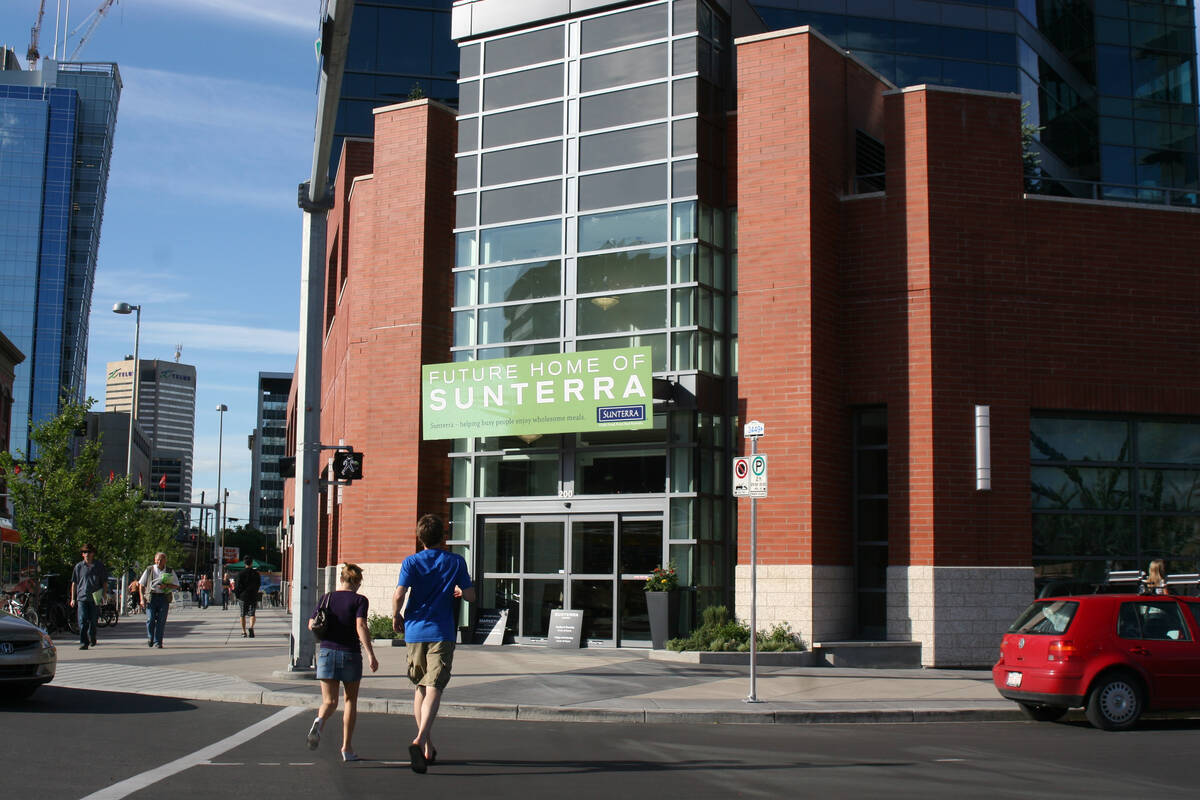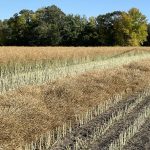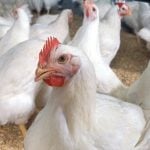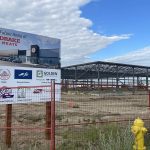SIGLUNES, Man. — Arnthor Jonnason looks across a pleasant beach on the shores of Lake Manitoba and sighs.
“It’s a wasteland,” he says matter of factly.
He bends down and picks up a handful of what could be sand but then holds up a ball of earth trailing a thick tangle of grass roots — dead roots.
This is not meant to be a beach. It only looks like a beach because the grass that has covered it for as long as people have lived here was killed by a massive flood that covered tens of thousands of acres around Lake Manitoba from last May until the middle of the winter.
Read Also

Sunterra companies continue restructuring under court protection
Claims against Sunterra Group have now been filed as the Alberta-based companies continue operating under the Companies’ Creditors Arrangement Act.
The lake is still a few feet higher than it should be and is only slowly draining.
For this season, most of the drowned pastures won’t produce enough grass to support cattle, and drowned hayland won’t produce a crop. Some elevated patches of pasture and hayland survived in some fields, but too little to be of use.
That means many cattle producers have had to break up their herds and move them to where they can find pastures to rent. Many are still having to buy hay. That has been the situation since last spring, when the flood hit and panic consumed the area.
Jonnason has brought his cows home for calving, but plans to ship them out again to new rented pastures, where he will probably have to hire help to watch them.
He’ll also have to buy 1,000 to 1,500 bales of hay that his own hayland would normally produce.
He’s wondering who’s going to pay for this, and so are farmers around Lake Manitoba, Dog Lake and other areas that the Manitoba government intentionally flooded last year.
Dog Lake farmer Caron Clarke isn’t as badly off as Jonnason, losing only a half section of hayland, including a small pasture. However, that half section is needed for her cows, and rehabilitating the flooded and drowned land won’t be easy.
Clarke, a board member of Manitoba Beef Producers, said farmers who need to re-seed large acreages to grass generally don’t own large equipment because they normally reseed only small acreages each year.
The situation is worse for producers who have native pastures and hayland. That land has never been broken, so it is strewn with rocks and obstacles.
Clarke worries the provincial government may fail to compensate for production losses and rehabilitation costs this year, even though the government caused the flood.
“It was a decision of the provincial government to channel that water into Lake Manitoba instead of down the Assiniboine,” said Clarke.
“It was a decision the government made and they should compensate the people who were sacrificed.”
The Lake Manitoba flood resulted when the bloated Assiniboine River was redirected north from Portage la Prairie to stop massive flooding between Portage and Winnipeg.
The water poured into Lake Manitoba, but the lake only has a restricted outflow. As a result, lake levels rose higher than ever before recorded and poured over pastures around the lake.
Many government programs were implemented last year to deal with the flooding, including production loss compensation for farmers, but this year the government has been unclear about how much of the ongoing expenses it will cover.
Clarke hopes the government accepts its responsibility and helps farmers recover.
“It’s all bulrushes and muskrat houses,” said Clarke, looking out at one of her hay fields.















